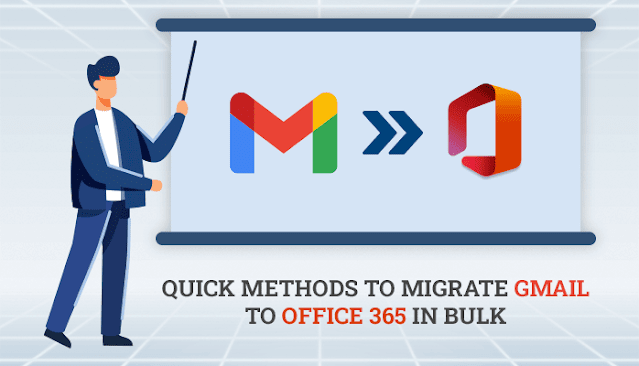How IoT works in healthcare
How IoT works in healthcare
Internet of Things (IoT) technologies are becoming a faithful assistant to the healthcare system, especially during a pandemic, when it is experiencing extreme stress. IoT sensors help to remotely monitor the condition of patients, make medical procedures more efficient and safer, and also help to carry out internal processes invisible to visitors. For example, allocate beds or keep clean. We have collected the most interesting and relevant examples of the use of IoT in medicine.
IoT in Healthcare
In medicine, the Internet of Things will allow you to move to a completely different level of diagnosis and treatment. Special nano sensors and “smart” devices will monitor the condition of patients in real-time. In the event that essential, for instance, when glucose rises, such a framework can quickly manage the medication. New advancements will forestall coronary failures and strokes, blood clumps, and coronary failures. Similar developments are already being implemented, for example, a smart cardiac monitor or a smart thermal monitor.
An electronic alert system monitors the operation of MRI machines
Open Market and Philips have created a sensor that quickly detects and responds to potential problems with MRI machines. Three years ago, this development received the award as the most innovative IoT solution at the World Communication Awards in London. The primary goal of the Philips e-Alert system is to stay ahead of the curve. It identifies the problem before the MRI machine stops due to a malfunction and there is an interruption in inpatient care. To keep the equipment operating as efficiently as possible, IoT sensors continuously monitor critical parameters such as liquid volume, helium amount, and humidity level.
IoT solution for pain medication dosage problem
There are periods of increased workload in the work of medical institutions, as a result of overwork, staff can make mistakes, for example, in the dosage of drugs, and this can lead to fatal consequences. Advance’s Medication On-Demand IoT solution delivers pain relievers precisely and quickly on a PRN (pro re nata) basis, as needed or as the case may be. How it looks in practice: a blocked device with an anesthetic composition is installed next to the bed, and a bracelet with a special sensor is put on the patient's hand. The patient does not have to wait for the nurse to come with the medicine. Instead, at the right moment, he waves his hand in front of the device and receives the required amount of the drug.
IoT sensors for disinfection
Strict requirements for the sanitary condition of medical facilities are aimed at reducing the risk of nosocomial infection. Clean Hands - Safe Hands (CHSH) has developed a technology that monitors how nurses disinfect their hands before and after contact with patients.
Specialized IoT devices are attached to healthcare workers' badges and disinfectant dispensers. Sensors identify employees and monitor their movement. As soon as the doctor or nurse crosses the next room, the mini-device beeps and starts counting the time during which the sanitation must be performed. Sensors record each hand disinfection and link this information to a specific employee. Thanks to CHSH, the number of nosocomial infections in US
hospitals have decreased by 66%.
Intelligent blood glucose monitoring
For diabetics - and this is every tenth inhabitant of the planet - it is important to constantly monitor their blood glucose levels. The CGM (Continuous Glucose Monitor) screens this marker progressively and immediately sends its worth to the iPhone, Android, or Apple Watch. A person does not need to go to the laboratory every time or use a home glucometer to find out about his condition. Furthermore, with the assistance of the FreeStyle LibreLink application, data about it very well may be gotten by outsiders - for instance, gatekeepers, in case we are discussing an older individual or the watchmen of a child with diabetes.
Hospital IoT Reduces Nursing Waiting Times
In a jam-packed trauma center, it's not entirely obvious a patient in critical need of consideration At Sinai Medical Center, USA, with 1,100 beds, the AutoBed framework diminished the sitting tight an ideal opportunity for crisis care for half of affirmations. IoT-driven programming examines the state of patients in the line as per 15 basic rules and figures out which of them needs quick clinical consideration of them needs immediate medical attention.
The IoT has enormous potential that has yet to be fully unleashed in the next decade. Clearly, the champs will be those associations that focus on IoT advancements now.
IoT technologies have already shown the effectiveness of their application not only in medicine but also in other industries.
IoT sensors monitor the health of equipment at industrial enterprises, monitor the health of animals on farms, measure resource consumption in housing and communal services, and perform dozens of other tasks. Internet of Things (IoT) Development Company is specialists will help you choose a solution specifically for your company.
Up until now, IoT advancements are not being executed as fast as we might want. However, it is now evident that the future has a place with such advances. Additionally, for specific metropolitan networks, this future has viably appeared.


